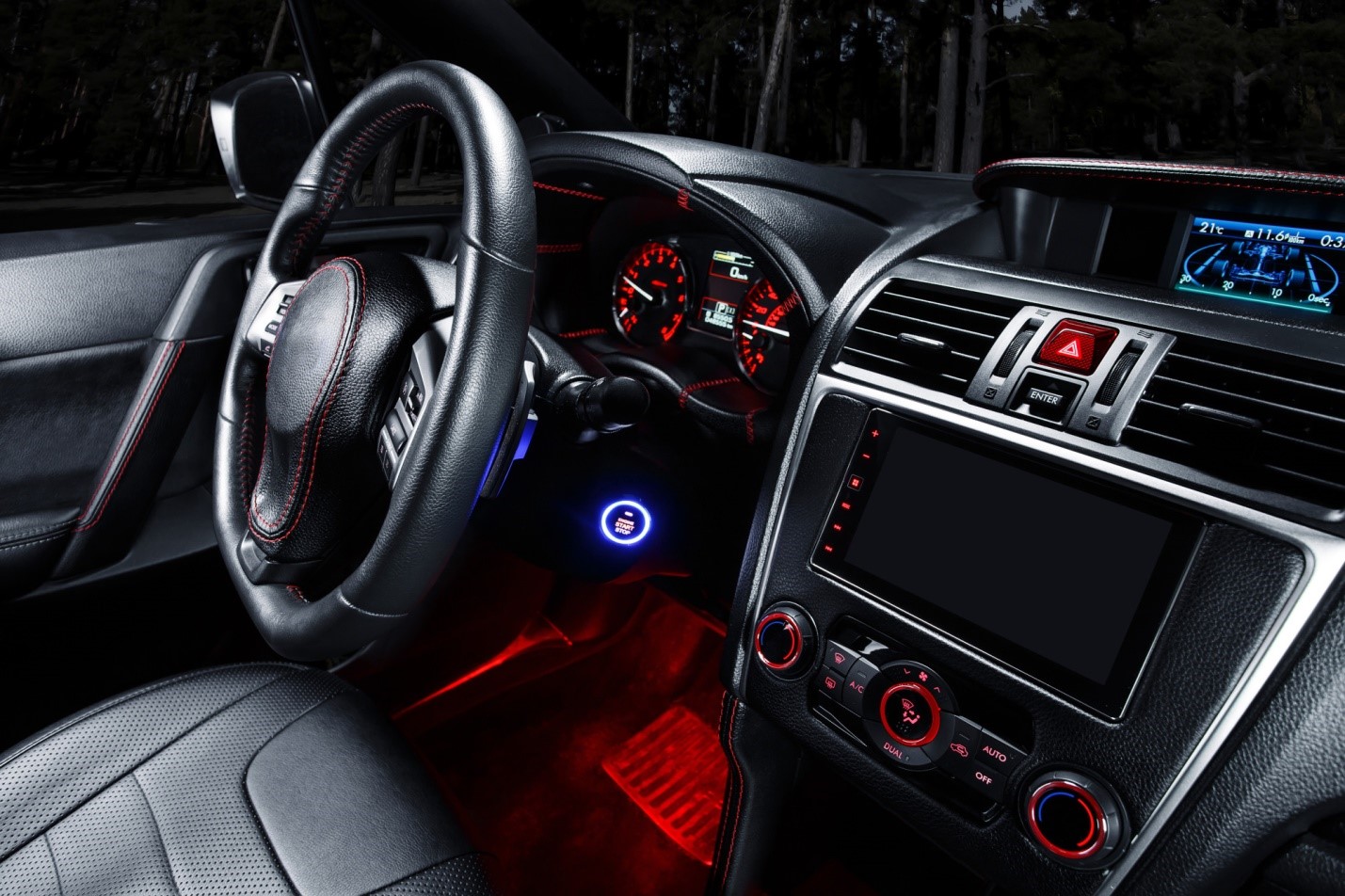Let's face it. Why would someone put a body kit on a street car? The only reason would be to differentiate your car from the thousands of similar cars that rolled off the assembly line. When done right, a tasteful kit can really set your car apart from a host of like-looking cookie-cutter cars. And unless you're talking about Ferrari, Porsche or similar high-end ride, simply repainting your car won't have the same impact as putting on a nice-looking body kit. As anyone who has looked at all the different body kits available for a particular car has found, there is usually a huge variety in terms of design, materials and ultimately, cost.
While properly-designed body kits do improve aerodynamics, don't be under the impression that they will significantly improve cornering speeds in a street-driven car. Body kits are mostly eye candy, and whatever aerodynamic benefits you will gain will occur only at high speeds.
Most aftermarket body kits consist of four parts that include the front bumper, a rear diffuser, side skirts and a rear trunklid spoiler or wing. As we've said, styles range from mild to extra wild, from subtle to downright ugly.
Some tuners and high-end design houses also offer widebody kits that add bulbous fenders for those oversize wheels and tires. But before you consider a widebody kit, it's important to make sure that your car has the power to back up its looks. Not to mention being legal for the street.
It used to be that kits were made from fiberglass. Nowadays, the material of choice is urethane or carbon fiber. Urethane has largely replaced fiberglass because it's more flexible, though not necessarily lighter. It lasts longer and is not prone to cracking from road vibrations, like fiberglass. If cost were not a concern, carbon fiber is of course the way to go, as it has the benefits of being stronger, yet lighter, than steel. Of course, it will also lighten your wallet considerably. But the material's lightness and strength is the reason racers use the material as much as they can.
Not many people realize it, but you can actually mix and match body kits to design your own look. Kit vendors offer their sets in separate pieces so you can, say but your front spoiler from vendor A and use the rear diffuser from another vendor. Be aware though that once you start mixing components, material variances can affect the fit and also the look. And when installing, have your kit installed by an experienced person, so that you get the pieces aligned correctly. It would be a bummer to drill into your body and cut some offending piece from the kit, only to find that it wasn't necessary.











